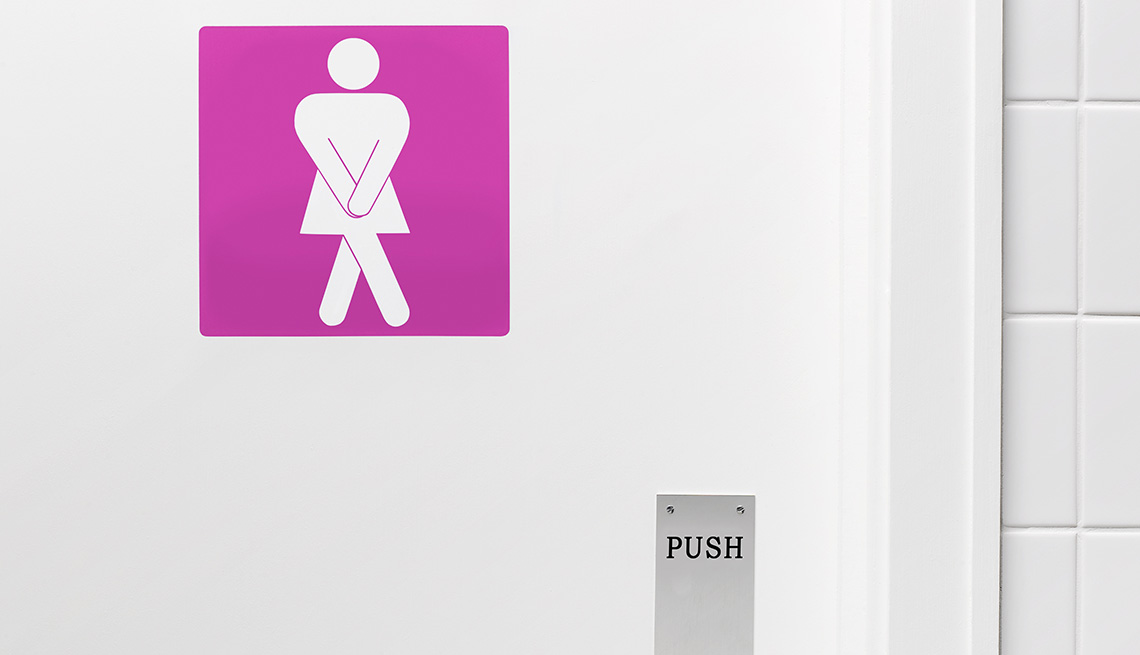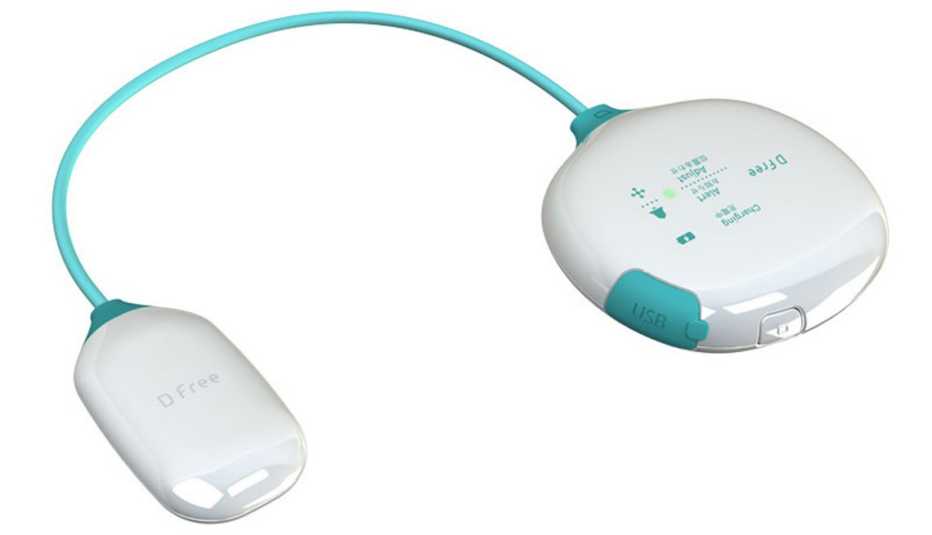Staying Fit
Coughing, laughing, sneezing — and even exercising — all are common triggers of urinary incontinence, which nearly half of older women experience but rarely discuss with their doctor, according to the results of a new University of Michigan-AARP poll.
The poll found that 51 percent of women ages 65 to 80 and 43 percent of women ages 50 to 64 have had an episode of incontinence in the past year and that nearly half of those who experience such leakage (48 percent) worry that their symptoms will get worse as they age.


AARP Membership— $12 for your first year when you sign up for Automatic Renewal
Get instant access to members-only products and hundreds of discounts, a free second membership, and a subscription to AARP the Magazine.
Despite this, only 1 in 3 affected women said they sought advice from their doctors, even though 41 percent describe their symptoms as problematic.
The survey was administered as part of the National Poll on Healthy Aging, sponsored by AARP and Michigan Medicine, the University of Michigan’s academic medical center.
“It’s both surprising and disheartening to see that so many women seem to believe that incontinence is just a normal part of aging, because it’s not,” says Alison Bryant, senior vice president of research at AARP. “A lot of women are unnecessarily limiting their daily activities and not enjoying life fully because of a condition that can often be remedied.”
For expert tips to help feel your best, get AARP’s monthly Health newsletter.

































































